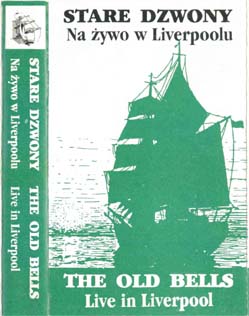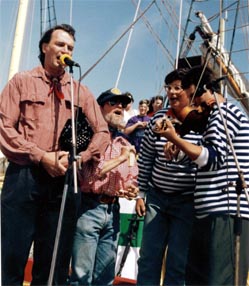|
A maritime
content directory for this site:
The
Confederate Naval Historical Society
When the Abandoned Shipwreck Act, designed
to protect sunken historic vessels from looters, was signed into law in
1988, it seemed to many in the maritime history community like it was
effectively hot air. Vague wording and lack of real provisions for
enforcement meant that looters continued to have a field day trashing
what were often naval gravesites to make a quick buck on the burgeoning
relics market. Things looked bleak, especially for Civil War vessels
(CW reenacting was booming, relics were in high demand), and even more
for Confederate Navy vessels because they were mainly the ones on the
bottom, having lost the war. But all was changed by a single
organization...see
more...
The
"Sea Chest Program"
The variously-titled “Sailor’s Sea Chest
Program” has
become a staple among both in-house demonstrations/exhibits and
portable outreach programs for maritime museums and historical
associations across America. A quick Google search turns up at least a
dozen at any moment, which currently includes: Texas Seaport Museum,
St. Augustine Lighthouse Museum, Sea Education Association, Maine
Maritime Museum, The Mariners’ Museum, Mystic Seaport Museum,
San
Diego Maritime Museum, U.S. Navy Museum, Columbia River Maritime
Museum, New York State Historical Association, Mathews Maritime Museum,
and the Cape Cod Maritime Museum. It is one of the easiest and cheapest
museum features you can put together and it pays dividends both inside
and outside, pleasing visitors on-site and extending the reach of the
museum off-site at local schools and other community institutions. Here
how it
began, and how to do it...
Music
In The
Confederate Navy
The
Navy of the Confederate States Of America was only in existence for a
little over four years and in
toto numbered only about six
thousand men (as compared, say, to the C.S. Army's 600,000), so tracing
music and songs in this narrow window might seem like a near
impossibility. This
particular search is compounded
by the fact that Southerners tended to keep written records of their
activities less voluminously than their cousins to the North, being
members of a culture with a strong oral but limited written tradition.
In addition, much
of the records that were kept
during the war were destroyed in the devastation that marked its
conclusion. Yet, a remarkable amount remains, and
here it
is...
Life's
Stormy Sea: Maritime Images In 19th Century Hymnody
Maritime
images, metaphor, and subject materials have been a major part of
popular and folk music throughout history, especially during the 17th,
18th, and 19th centuries when sea exploration and trans-oceanic
conquest were changing the political and social structures of the world.
The exploits of
ships and sailors were favorite
topics for songwriters and poets throughout this period and especially
toward the end of it, as the tall ships faded from everyday humdrum
reality into the mists of surreal romanticism. More...
Online
Music and Videos
A
Chesapeake Sailor's Companion (CD
listen)
A Chesapeake Sailor's Companion (CD notes)
The Starboard List (CD)
Classic Maritime Music (CD)
Seaman's
Concertina Tutor (DVD) Seaman's
Fantasy (DVD)
A
variety of sea music on CD and
DVD, including the maritime musical history of the Chesapeake Bay
commissioned by The Mariners' Museum, and a
tutor for concertina to show you how to play it all on that most
classic of
sea instruments...
For
those of us born into the modern era of mass media and
recorded pop music, the sounds of the top hits of our day kindle strong
memories of the events of our lives.
But
what of earlier and simpler days before the rattle of
Tin Pan Alley evolved into quadraphonic stereo? What songs rekindled
memories
of the birth struggles of a young nation for an aging George Washington
or
Thomas Jefferson? Or memories of mixing wenching with diplomacy for a
greying,
bespectacled Ben Franklin?
It
turns out to have been much the same, as American revolutionaries may
have been fighting the English, but they were also singing their latest
hit songs, right off the boat...and
more...
This is a rough-hewn collection of the kind of knockabout songs
that seamen have always carried along with them at work and
pleasure, at sea and on shore. The material is splashed together like a
shanghaied checkerboard crew, and so is the recording, the first
fifteen tracks a spontaneous accident in Liverpool which took just
three days - with myself as skipper, mate and crew and engineer Bob
Buckle as supercargo. The
rest were recorded
in Poland, in Warsaw and Gdansk (except for two in Liverpool, with Zawisza
Czarny’s
performing crew), in partnership with Marek
Siurawski, the original main spinner of the Polish shanty movement,
still evolving
and in full swing today… more...
A
little over a Jupiter cycle ago, during the 1992 Tall Ships Race, I had
the privilege of serving as music/history instructor/performer and
liaison officer aboard the 140-ft Polish staysail schooner Zawisza Czarny.
Under the direction
of Marek Siurawski (the father of the Polish shanty movement) her young
performing crew sang and danced their way from Poland to America and
back, and at the end of my stint with them on the return part of the
voyage we recorded an album of their best numbers at Bob
Buckle’s
8-track studio in Wallasey. Despite their exhaustion from weeks of
crossing the Atlantic and the excitement of the huge tall ship
gathering on the Mersey, the crew managed a high-energy, four-hour
session that documented the extraordinary musical performances of the
voyage. Hear
them all...
Forty Days Aboard Zawisza Czarny
-- A
Journal
"July
8, 1992
(Wednesday), 5:14 PM EDT, Long Island Sound
-- Finally
set up below in my bunk, which has been organized into a very
comfortable mini-office. Off watch until midnight. It
has been two days of trying to get things sorted out and at last order
is becoming established."
So begins a saga of
sailing, performing,
and navigating reaching heights of humor, public relations, and grog...see
more...
During
the mid-1980s
maritime music revival in America and Western
Europe, a new
and totally
unique sound arrived on the scene from Poland that
amazed audiences.
It was embodied by the group Stare Dzwony, the leaders of a sea shanty
movement in Poland that translated tradition songs of the sea into
Polish and sung them with harmonies never before heard by Western
audiences. All
seventeen cuts, with story ...
Escape Off Cape May...x3
Three times this sailor nearly perished in exactly the same place,
first on a cruising sailboat, then a tall ship, and finally a
daysailor...call them near-death accidents of fate or perhaps proof
that, as the saying goes, "if you're born to hang, you'll never
drown..."
|
|
|
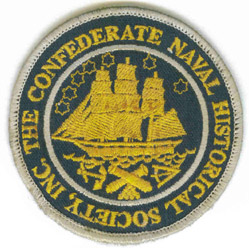
The CNHS saved the
Confederate Navy, and some of the Union
Navy, too
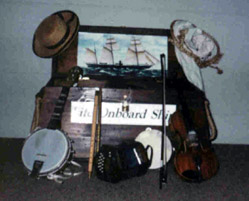
A
sailor's sea chest is more than
just a box, it's a world of
history and education waiting to be opened

Southern
warships were musical,
indeed...
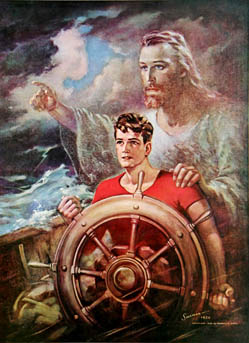
Maritime metaphors of
Biblical proportions
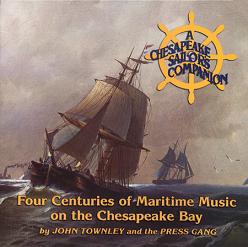
The Cheasapeake Bay
teemed with music from lute songs, to
shanties, to ragtime...
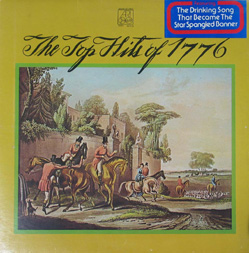
The revolting colonists
were mostly singing the latest tunes
from the enemy, including the eventual national anthem.

A boxful of sea songs
recorded in England and Poland, from
across the centuries and around the world.
The
legacy of a
performing crew
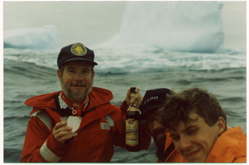
A
forty-day saga with rum on
iceberg
The first Western
recording of the founders of Poland's
"shanty movement"

Cape May is no playground in a storm
|








